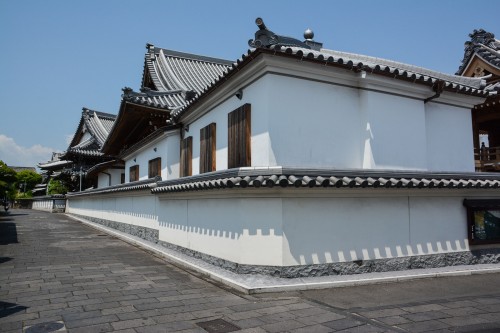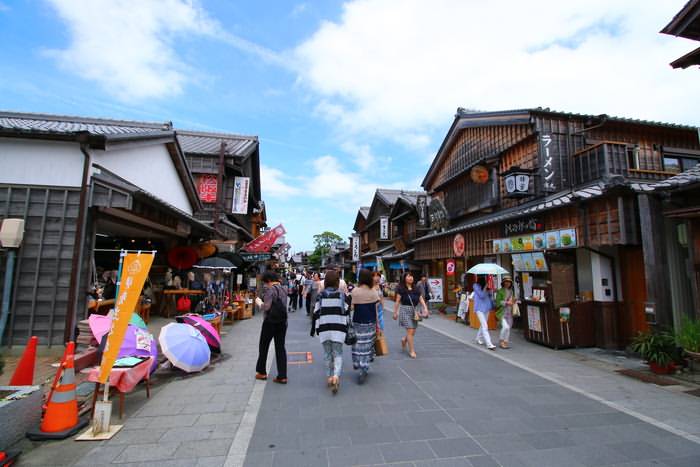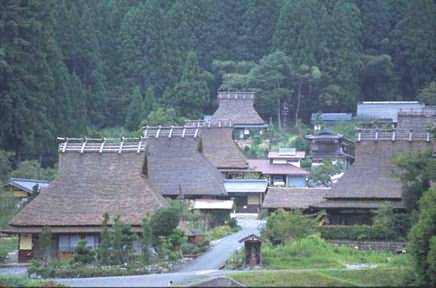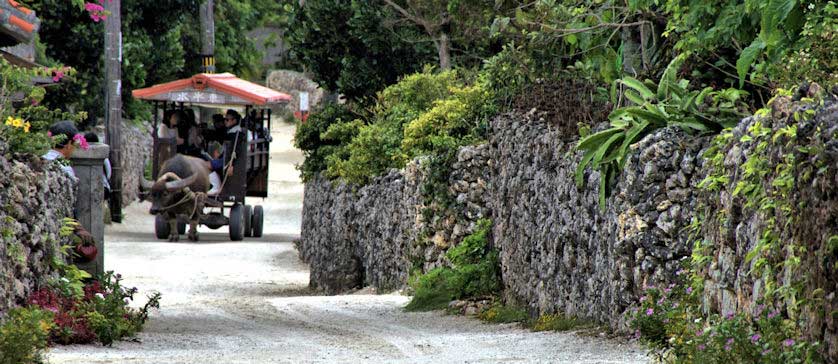
Japan Historic Sites Guide, Tailor-made Japan Tour Packages
Historic sites
In Japan, there are more than 1,700 historic sites and some of particular significance have been designated as "special historic sites".Many of Japan's historic architectures and districts have got well preserved while some ones have been destructive due to fires, earthquakes, wars and city redevelopment over centuries.Besides the temples and shrines, castles,the rural villages like shirawaka-go twinkles in tourism,and samurai residences lead visitors to glance at authentic samurai cultures.
Nakamachi District

Nakamachi-dori is a street lined by several nicely preserved, old buildings, including a number of warehouse-type buildings (kura) with massive, white painted walls, a characteristic of former merchant districts. Some of them house small shops, restaurants and ryokan.
Kakunodate Samurai District

The Kakunodate samurai district, which once housed about 80 families, is one of the best examples of samurai architecture and housing in the country. Its wide streets and large courtyards are shaded by dozens of weeping cherry trees which bloom in early May.
Former Castle Town

During the Edo Period (1603-1867), Hagi prospered as a castle town and served as the capital of the Mori Clan, one of the most powerful clans of the time.
Matsue Former Samurai District

Some of Matsue's former samurai mansions have been preserved along the busy road north of Matsue Castle's inner moat.
Usuki Samurai District

located at the center of Usuki city, which is famous for the well preserved residential samurai buildings.
Kurashiki Canal

built to allow boats and barges to navigate between the city's storehouses and the nearby port. A central section of the city's former canal system has been preserved in the Bikan Historical QuarterThe weeping willow trees that line the canal and the stone bridges that cross over the water
Oharaimachi

Oharaimachi (おはらい町) is the traditional approach to the Inner Shrine of Ise. Nearly one kilometer long, it is lined by many traditional style buildings, housing shops and restaurants. Some of the businesses found here have been serving pilgrims and tourists for several centuries.
Ouchijuku

Ōuchi-juku was a small post station in Japan's Edo period and part of the Aizu Nishi Kaidō. It is now located in the town of Shimogō in Minamiaizu District, Fukushima Prefecture, and is famous for the numerous traditional thatched buildings from the Edo Period that line its main street.
Miyama Village

About 200 houses among private along the river are thatched as of old. The cluster of houses in Kita-mura district of Chii is designate for groups of important buildings by the Agency for Cultural Affairs, thanks to the fact that most of them are thatched and preserved in their original state
Taketomi Traditional Village

Taketomi village is much more isolated than many others, on a small island south of the Okinawa island chain, but its landscape is familiar to all Japanese. The small paths in Taketomi are lined with dry stone walls and low houses covered with tiles.